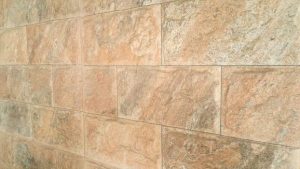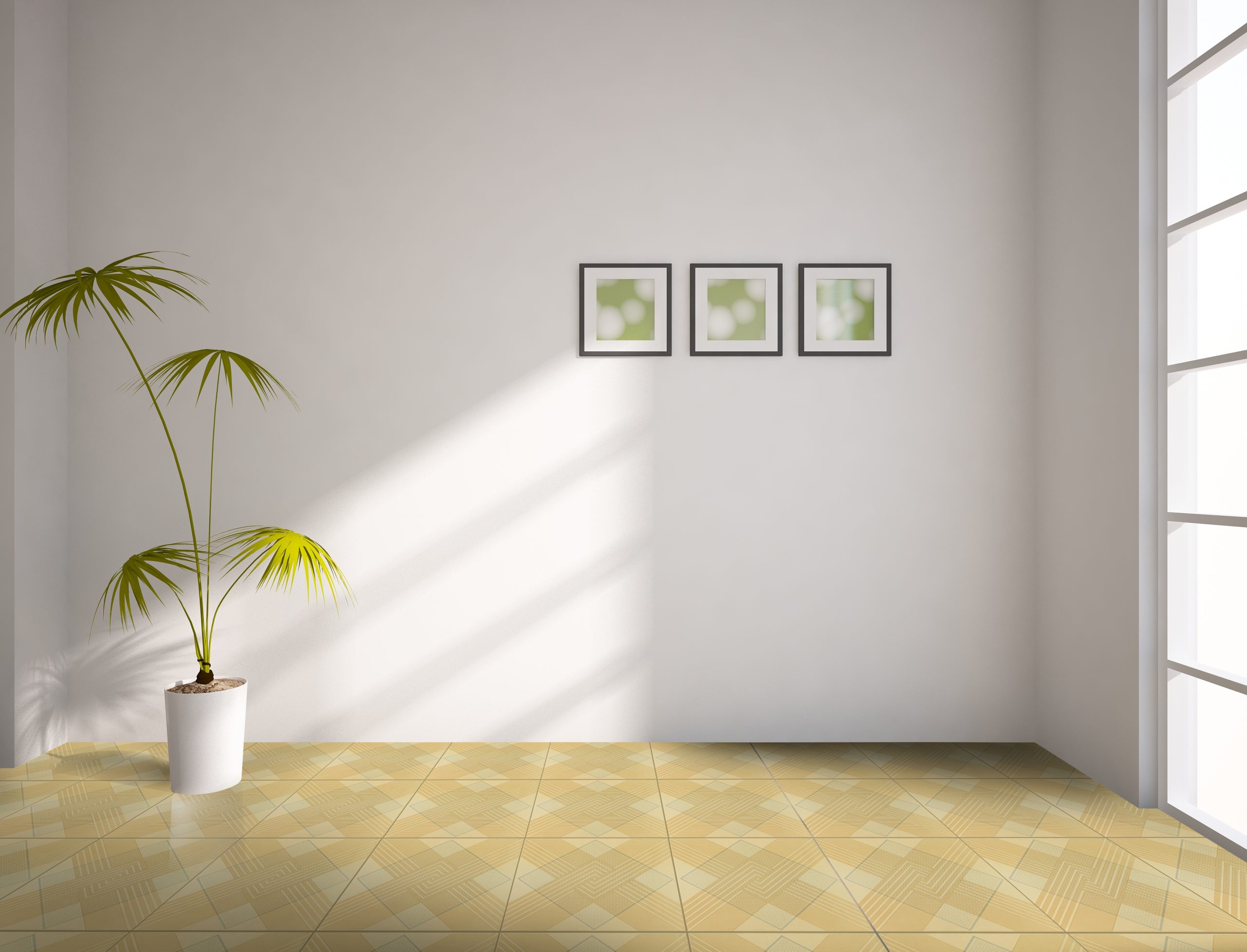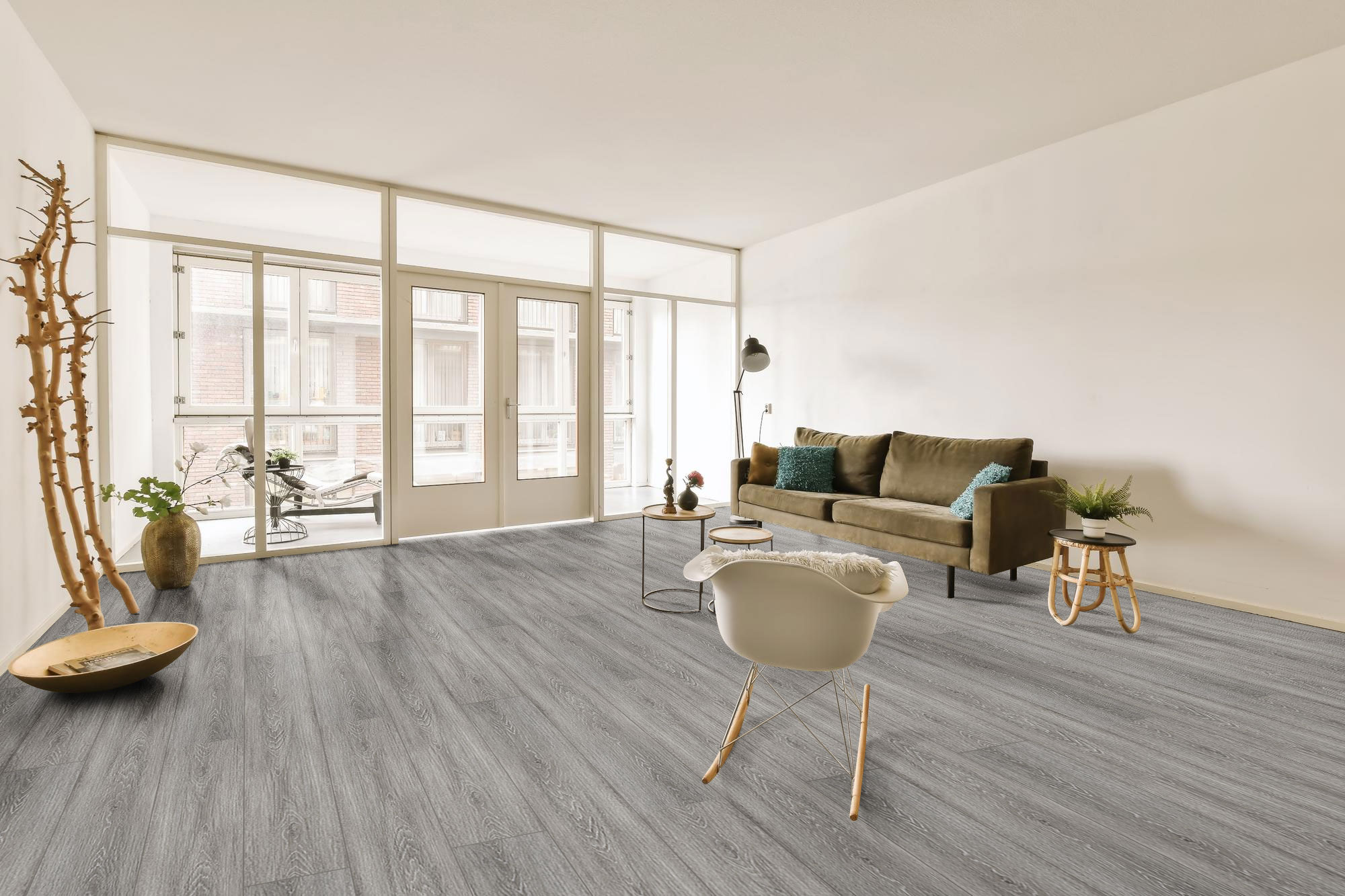What are the steps you should take when installing homogeneous tiles in your home in the Philippines?
- Choosing the Right Tile
- Pre-installation Procedure
- Main Installation
When working with homogeneous tiles in the Philippines, particularly when installing them in your home, it is always recommended for you to let the professionals do it. For people who are used to doing things themselves, this process is one of the harder things to do. However, it is completely possible.
It will probably take longer and more effort will be needed but installing homogeneous tiles on your own is completely doable. And for those who plan on doing so, here is a detailed guide on how to install homogeneous tiles in on your own:

Choosing the Right Tile
Before doing any kind of installations, you must make sure that the tiles you are using are right for the area you’ll put it in. there are many aspects that you need to consider when choosing the right tile.
First, you must consider the environment in the area. Is it prone to a lot of moisture? Or is it in a place with a lot of foot traffic? Take note of the area because some tiles are better to use in certain areas.
Another consideration is what the primary use of the tile is. Will you be designing your bathroom wall or your kitchen wall? Or will it be used as floor tiles? of course there are different types of tiles for walls and floors, but some DIY aficionados prioritize design over practicality.
Which leads us to the last consideration, the design of the tile. After all the practical considerations, you have the freedom to choose whatever design you want. But of course, there are some design options that also brings about practicality, such as choosing whether a glossy or matte tile is better for the kitchen floor.
Once you’ve chosen and bought the tiles you’re going to install, inspect them for any kind of defect. And separate those that have breakages. Check the shade and size to make sure that they are consistent.
Pre-Installation Procedure
Just as with everything that humans do, it is important to prepare before initializing a project. In the context of installing homogeneous tiles, you need to prepare the surface where you plan on putting the tiles.
- Inspect the surface that will be tiled. Ensure that it is structurally stable and level. This is primarily used to prevent unleveled surfaces because these can lead to air pockets which can hamper the support for the tiles.
If the surface is concrete, make sure that it is properly cured before you install tiles.
If the surface contains plasterboards that have gypsum, treat the surface with a primer beforehand.
- Clean the surface thoroughly by washing it with water.
- Clean the tiles with a damp sponge or by dipping them into the water. Stack them vertically to remove the excess water.
It is recommended to immerse wall tiles in water for at least 2 hours to ensure maximum water absorption.
- Locate the center of the room by drawing 2 diagonal lines. Once you determine the center, layout the tiles in the pattern you want.
- Make reference lines to make sure tiles are perfectly aligned.
- Once you’ve finished preparing the guides, start with the binder. Combine the necessary materials according to the manufacturer’s specifications. (most of the time the materials are: cement, sand, and water, or tile adhesive and water)
- Mix the binder until it has the consistency of damp earth.
- Spread the binder onto the support surface in the required thickness of no less than 3 to 4 cm.
- If the weather is particularly warm or windy, dampen the surface lightly first. This is to avoid the binder from being absorbed by the surface where the tiles will be put.
If you are using tile adhesive, make sure that you spread it over a square meter with a notched trowel. Perform a scraping motion to comb the area and ensure that the entire surface is covered.
- Tamp down the bed of binder to get rid of air pockets within the material. Then level it using a straight edge or a measuring rod.
- Dust a thin layer at the intersection of the reference lines.

Main Installation
If you’ve been strictly following this guide up to this point, then the only thing you have to do now is to install the tiles.
- Lay the tiles at the intersection of the reference lines.
- Push the tiles into the binder. Make sure that the binder does not touch the external tile surface.
- Slide the tiles into place. Align it and make sure that the entire back surface of the tile is in contact with the binder. There should be no empty space left beneath the tile.
- Tap the tiles into place to level the surface.
- Remove excess binder with a wet sponge and water.
- Keep the newly tiled surface wet for at least two weeks following the installation to slow down the drying.
- Pour the tile grouting material into a clean plastic pail. Add water and mix until a creamy pasty consistency is attained.
- Spread the paste diagonally across the tile joints using a spatula. Limit the contact with the surface of the tiles.
- Apply pressure to fill the joints uniformly.
- After 5 minutes, the residue should form a haze about it. Apply a wet sponge using the same diagonal strokes until the grout is flushed with the tiles.
- Lightly run a sponge along the grout to tool the filler joints. Wipe any other residue with a clean, soft and dry cloth.
And there you have it! Once you’re done with it, you would have successfully installed tiles on your own!
Key Takeaway
Installing homogeneous tiles in the Philippines is not easily done. You need to take some extra steps in order to endure that your installation will go as smooth as possible. It can be a great achievement when it is done, but for first-time tile installers, even with this guide, you might still need the help of a professional to make sure no problem arises.
















